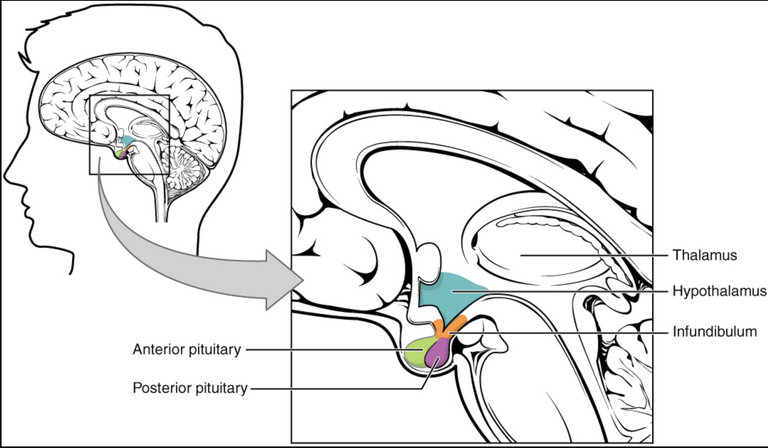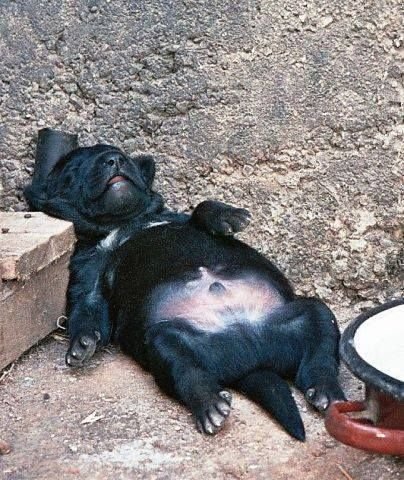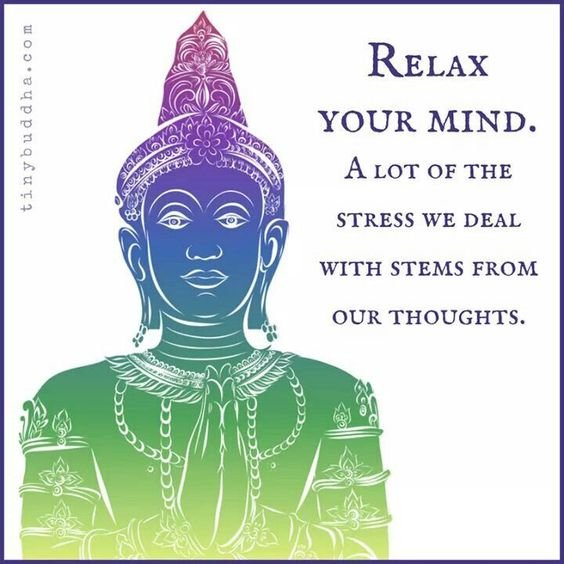Mark Rosekind, Ph.D.
The Science of Sleep
Dr.Rosekind is an internationally-renowned expert on sleep and fatigue. Dr. Rosekind, (while averaging 8 hours of
sleep a night), obtained his B.A. with Honors from Stanford University, his M.S., M.Phil., and Ph.D. from Yale
University, and completed a postdoctoral fellowship in sleep and chronobiology at Brown University. Dr. Rosekind has 30 years of experience in sleep science research at Stanford and NASA and founded an innovative fatigue management company.
He currently serves on the National Transportation Safety Board. Dr. Rosekind also works with peak performance athletes and states that many of them, including Apollo Ono, consider getting enough sleep their secret weapon.
National Sleep Foundation conducted a simple 10-item “Sleep IQ” test and found that 82% of respondents failed the test with an average score of 46%. Flipping a coin could provide a 50% score, so the average respondent did worse than chance. Generally, our society is informed about trends in exercise and nutrition. However, the need for sleep and its importance to our performance, alertness, safety, health, and mood continues to be ignored or diminished.
Four Basics About Sleep That Everyone Should Know
The need of sleep: Physiologically, adults require about 8 hours of sleep; with a range of around 7 to 9 hours. The amount of sleep an individual requires is genetically determined and “training” cannot reduce this sleep requirement. Children and young adults from junior high through their early 20’s physiologically requiren about 9 to 10 hours of sleep.
Sleep debt: Lose sleep and it builds into a cumulative sleep debt. Though most adults require about 8 hours of sleep per night, on average, they obtain about 1.5 hours less. This sleep loss accumulates into a sleep debt. For example, over a five-day work week, a daily 1.5 hours of sleep loss would build into a 7.5 hour sleep debt by Friday. This equates to losing one full night of sleep (i.e., pulling an all-nighter) going into the weekend.
Circadian rhythms: Humans are hard-wired with a biological clock located in the hypothalamus ( is a portion of the brain that contains a number of small nuclei with a variety of functions. One of the most important functions of the hypothalamus is to link the nervous system to the endocrine system via the pituitary gland (hypophysis).

This circadian (circa=around, dies=a day) clock controls the 24-hour fluctuations in sleep/wakefulness, hormones,
alertness, performance and is exhibited at the cellular level. (Circadian levels in children and adults are highest
between 9-11am and 9-11pm and lowest between 3-5am and 3-5pm, meaning we are biologically-wired to need
a mid-afternoon siesta). During adolescence ( in the process of developing from a child into an adult), children experience a ‘delayed sleep phase’ in which their circadian clock readjusts so that their most wakeful times are between 11am-1pm and 11pm-1am. During this phase, adolescents may complain of difficulty falling asleep at night and difficulty waking up in the mornings. Bright light can assist in counteracting this phase by helping the adolescent turn back their circadian clock. Try to minimize the amount of light exposure right before bedtime (no television or computer screens) and expose the adolescent to daylight immediately upon waking.
- Experience reality: How alert an individual “feels” does not reflect reality. In a study of anesthesiologists who report feeling wide-awake and at peak alertness, 68% of them appeared to fall asleep in less than five minutes (a sign of pathological sleepiness) and exhibited a ‘head-bob’ (your body’s natural alarm clock) while being videotaped. Similar results are found studying pilots. A person’s ratings of alertness and performance do not accurately reflect actual levels. This “disconnect” is one reason why individuals feel that sleep loss and circadian disruption have minimal or no effect.

How Much Sleep Loss Does it Take To See Levels of Performance Reduction?
Getting just two hours less sleep than required can seriously impair performance. In this example, in one study, allowing 8-hour sleepers to get only 6 hours of sleep (2 hours less than they needed) impaired performance to the equivalent of drinking two to three 12 oz beers, a level that equates to about .05% breath ethanol concentration. Getting 4 hours of sleep (4 hours less than they needed) impaired performance to the equivalent of drinking five to six 12 oz beers, a level that equates to about .10% breath ethanol concentration. Sleep loss and circadian disruption also can reduce safety and health. According to Dr. Rosekind, there could be an estimated 1 million car crashes annually due to fatigue and drowsy driving. National Sleep Foundation polls indicate that 60% of Americans have driven drowsy in the last year and 37% report nodding off at the wheel. Irregular schedules can be associated with up to a 50% increase in on-the-job injuries and accidents. Disturbed sleep and circadian disruption also can be associated with increased risks for obesity, ADHD, heart and stomach problems, high blood pressure, cancer, pregnancy problems, obesity, anxiety, and depression.
Sleep and Alertness prioritization
How to get the most of the sleep for the maximum performance and health. Developing good sleeping habits should be one one of your pioritization. It's easy to get away from it because of our minds always working, worrying and thinking about what to do next.
PRIORITIZED SLEEP –
- Give yourself 9.25 hours block reserved for sleep, and fit all the other activities into the 14.75 wakeful hours – if it does not fit, cut it out.
- Keep a regular bedtime and wake time whenever possible – most important is keeping the wake time consistent – try not to sleep past 10 am on weekend mornings – better to wake up at 10 am and get a mid-afternoon nap.
Going to bed early, switching off electronic usage, and not working out two hours before bedtime will help you to get into healthier sleeping habits. - Make a pre-bedtime routine to prepare for sleep – take this routine with you when traveling.
- Use the bedroom only for relaxation and sleep – Working and studying should be done in another room.
- Keep technology out of bedrooms – studies show that teens with electronics in their bedrooms average an hour less of sleep a night than teens with technology-free bedrooms.
- Avoid worry in the bed and bedroom – if your head hits the pillow and you begin to ruminate, get up and go into another room, make a list of your worries, allow some “worry time” for the next day in which you can go over the list, leave the list in the other room, and then go back to your bedroom to sleep
- Learn and practice relaxation techniques for sleep – i.e. progressive muscle relaxation and deep breathing.
- Avoid caffeine, alcohol, and exercise within at least 2 hours of sleep – alcohol is a REM-suppressor and can affect both the quality and quantity of sleep.
- Don't look at the clock when you're sleeping - if you are lying awake for more than 30 minutes, get out of bed, go into a
different room and read (preferably a boring book – Dr. Rosekind recommends the Tax Code)

Environmental Factors
Evaluate and address the following “bedroom” factors.
• Noise – control for background noise and intrusive events
• Temperature – cooler is better (67-70 degrees is ideal)
• Light - use blackout curtains when possible – even night lights or other ambient light can throw off the
circadian clock – if you need a night light, keep it away from eye-level. I use aluminum foil to completely black out my windows in the bedroom.
• Use a reliable, regular, effective alarm clock – to prevent worry about oversleeping
• Mattress and pillows – personal comfort is paramount - no specific brand is better than any other. I do prefer sleeping on a harder mattress, I support it with plie wood.


Strategic naps significantly increase performance and alertness.
While at NASA, Dr. Rosekind conducted a unique real-world study that provided commercial airline pilots a
planned nap opportunity in flight to determine the effects of a 40-min nap on performance and alertness. The
study found, that on average, pilots fell asleep in about 6 minutes and slept for about 26 minutes. These 26-
minute naps enhanced objective performance by 34% and increased physiological alertness by 54%, with
effects lasting around 3 to 4 hours.
Some general guidance for effective napping:
a. An Ideal time for a nap is during the lull in the circadian cycle – between 3 pm and 5 pm.
b. For a short nap, only sleep up to 40 minutes (helps to avoid falling into a deep sleep) I personly nap or meditate during the day for 20-30 minutes.
c. For a longer nap, sleep about 2 hours
d. Avoid a long nap too close to planned bedtime
e. Allow 10-15 minutes “wake-up” after nap
f. Consider sleep aids: eye mask, earplugs
g. Calming tee before bed
Strategic and Optimal Use of Caffeine
Plan the timing and amount of caffeine intake. Caffeine can take 15-30 minutes to take effect, and its effects
can last 3-4 hours, so plan accordingly. Additionally, different forms of caffeine require different doses – find the
ideal dose based on your body mass. As a baseline, average folks need about 150mg for optimal results. The
typical 7-ounce cup of coffee has between 115 and 175 mg of caffeine; brewed tea is 40-60mg; one Red Bull is
80mg. Remember that caffeine is a drug and be aware of the tremors and edginess associated with overuse.
What are your habits before bedtime, to help you sleep better?